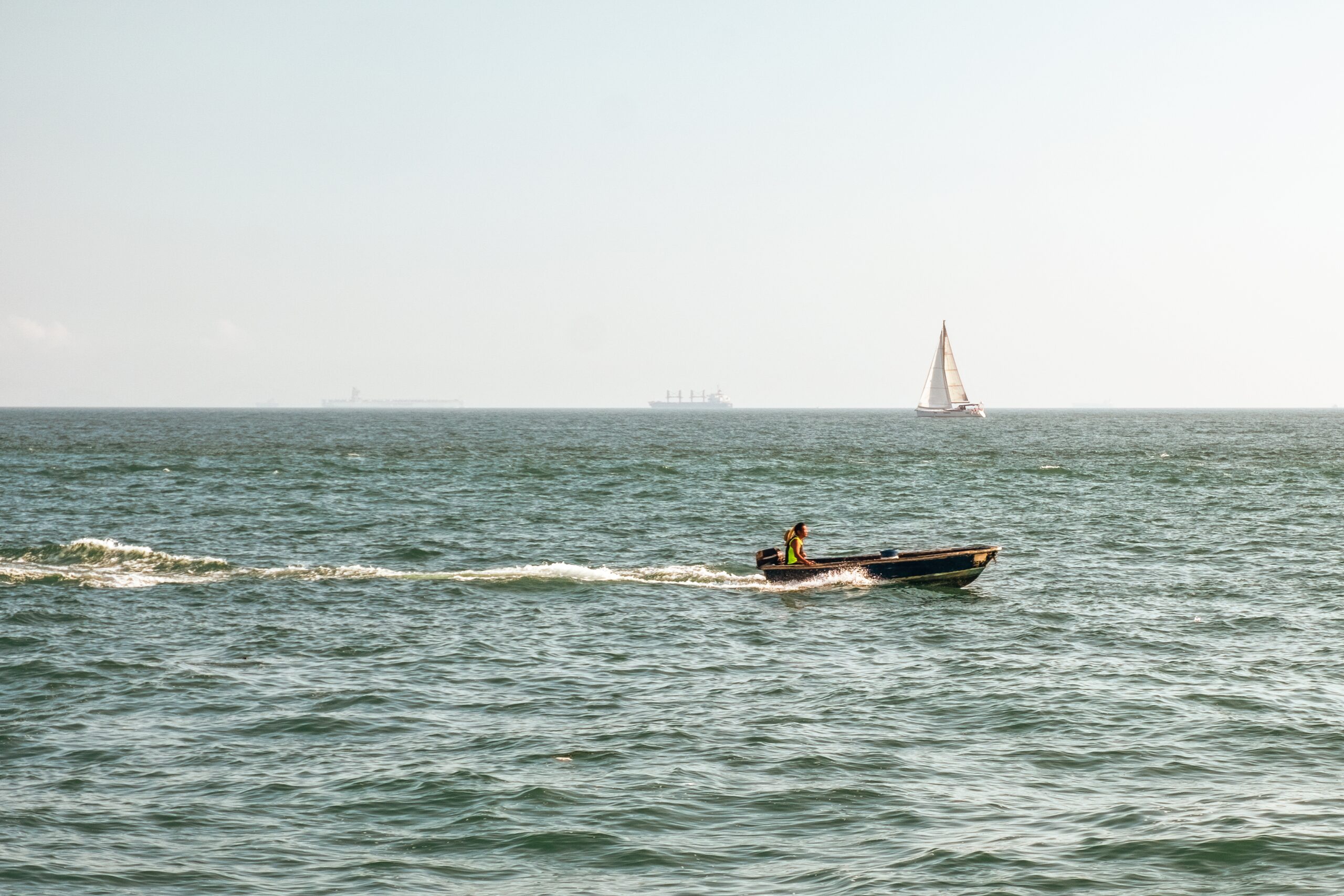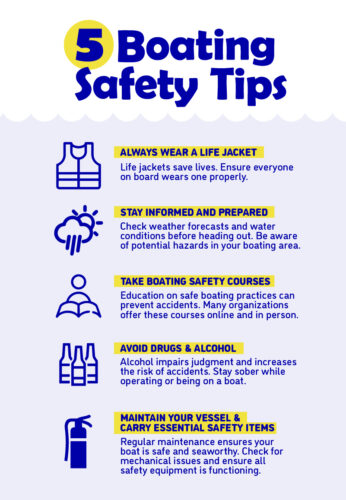Boat Safety Tips For Ohioans: How To Protect Yourself on the Water
Posted in Accident & Injury, Health & Wellness on June 4, 2024

Boating is a favorite pastime for many in Ohio, offering a chance to relax and enjoy the state’s beautiful lakes and rivers. However, like all water activities, it comes with risks. In this blog post, we’ll examine boating fatalities in Ohio over the past five years, using data from the Ohio Department of Natural Resources. Understanding these risks and taking necessary precautions can make your boating experience enjoyable and safe.
Types of Boats Involved in Accidents
- Powerboats: The most common vessels involved in accidents, with 6 to 10 incidents yearly. Famous for their speed and versatility, powerboats can be hazardous if not operated correctly.
- Canoes/Kayaks: These smaller, often manually powered boats have 3 to 7 yearly accidents. They are more prone to capsizing, especially in rough waters or adverse weather conditions.
- Pontoons: These boats had fewer incidents, peaking at 4 in 2020. Pontoons are generally stable but can be involved in accidents due to overcrowding or poor handling.
- Personal Watercraft (Jet Skis): These had up to 3 accidents in 2022. Their high speeds and maneuverability make them thrilling, but potentially dangerous.
- Rowboats and Others: These boats had lower incident rates, usually 1 or 2 accidents annually. They are often used in calm waters but pose risks if improperly handled.
Where Do Most Accidents Happen?
- Small Lakes: These have the highest number of incidents, particularly in 2020, with 13 accidents.
- Rivers: There were 2 to 4 accidents on rivers each year. Rivers can have strong currents and hidden obstacles, making navigation tricky.
- Lake Erie: Significant incidents occurred, especially in 2019, with seven accidents. The vast expanse and varying weather conditions of Lake Erie pose unique challenges.
- Ponds and Ohio River: These had fewer incidents but still present risks. Ponds are often smaller and less navigated, while the Ohio River has strong currents and commercial traffic.
Causes of Fatal Accidents
- Falling Overboard: This common cause occurs 3 to 4 times annually. Falls overboard can happen due to rough waters, sudden movements, or alcohol impairment.
- Capsizing: This is another frequent cause, especially in 2022, with four incidents. Smaller boats are more susceptible to capsizing, especially in rough waters.
- Flooding/Swamping: Flooding or swamping occurs when water enters a boat, often due to poor weather or overloading, and was significant in 2020 and 2021.
- Collisions and Ejections: More frequent in 2020, these accidents involve boats crashing into each other, objects, or occupants being thrown from the vessel.
- Other Causes: Carbon monoxide exposure and undetermined causes also contribute to fatalities. Carbon monoxide poisoning can happen when boats are not properly ventilated.
Life Jacket Use
Wearing a life jacket is one of the simplest and most effective ways to prevent drowning:
- Not Worn or Worn Incorrectly: Most fatalities involved people who were not wearing life jackets or wearing them incorrectly. This highlights the critical importance of life jacket use.
- Worn: Fewer fatalities occurred among those who wore life jackets, underscoring their effectiveness in saving lives.
Main Causes of Death
- Drowning: This is the most common cause, peaking at 20 cases in 2020. Drowning often occurs when people fall overboard or boats capsize.
- Impact/Trauma: Notable in 2020 and 2022, this occurs during collisions or when individuals are thrown from the boat.
- Carbon Monoxide Poisoning and Hypothermia: These are less frequent but still significant. Proper ventilation and preparedness for cold water can mitigate these risks.
Safety Tips for Boating

By understanding the trends in boating accidents and following these safety tips, you can enjoy Ohio’s waterways safely.